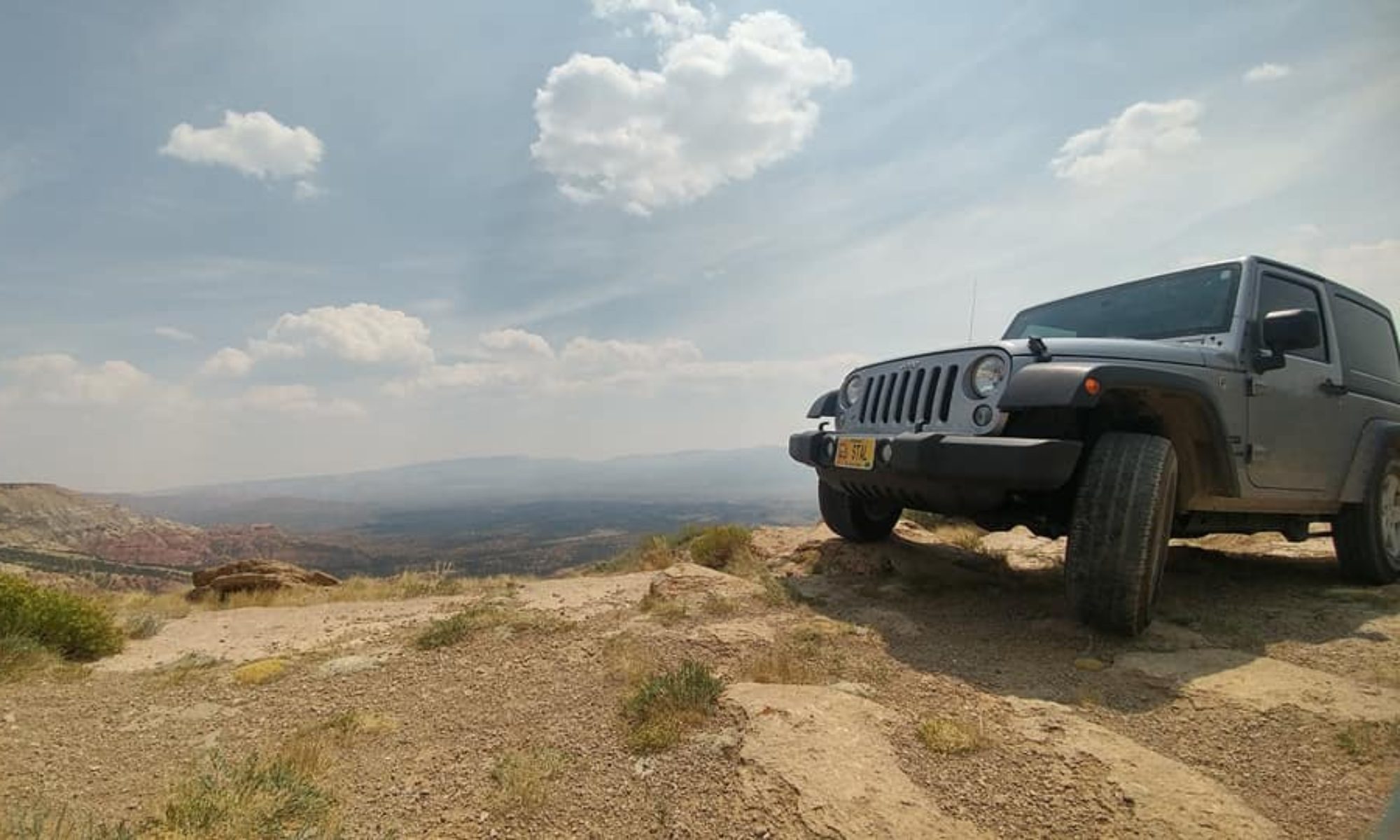It is amazing, the things that are created by the Earth’s processes. While we have an understanding of what can be created in a century or less, the Earth creates something over millions of years. A cave is one of those miraculous Earth-created wonders that most of the world’s population has been unable to appreciate. It’s hard to comprehend something like Luray Caverns that has been building and growing for millions of years, it’s speleothems accumulating at one cubic inch every 120 years.
I will preliminate the tales of Luray Caverns with something that may set you up for expectations, but you won’t be disappointed. Luray Caverns is one of the most beautiful caves I have ever had the pleasure to be in. It is so highly decorated there is scarcely a wall of limestone that doesn’t have some sort of deposit upon it. Every direction you look is picturesque, it is no wonder that the National Park Service designated Luray Caverns as a registered Natural Landmark.
Luray Caverns was discovered in 1878 by Andrew Campbell of Luray, Virginia. He found some cold air blowing out of a sink hole and came back with more men to begin digging for what he knew had to be a cave. It is confined to a 100 foot thick zone in the Beekmantown Dolomite formation. It has no natural entrance to speak of, other than a very small, impassible hole where Mr. Campbell discoverd the blowing air. Perhaps the lack of openings allowed the cavern to develop so well, and so pristine. It has never been a bat hibernaculum, and no animals call the caverns home.
The cave honestly put me into an emptional swirl, much like my first visit to Carlsbad Caverns in December 2009 (For those of you who haven’t followed me until now, click here for that story). This is only the second time I’ve experienced a cave so beautiful that I had to fight back tears. I know it sounds ridiculous, even I thought it was ridiculous….but it simply evokes that sort of emotion from me. The cave was beautiful, each room arguably more beautiful than the last. There were many unique formations, all with appropriate names.
Pluto’s Ghost sits in Pluto’s Chasm, something you see several timess through the self guided tour. The audio tour is included with general admission, and is very informative. Titania’s Veil is a beautiful, stark white drapery that will amaze you. Saracen’s Tent is a beautiful drapery formed as a perfect tent, and some cave bacon on the side of it looks exactly like a towel. Dream lake is towards the beginning of the self-guided tour, and although the water is under 2 feet deep it reflects amazingly well and creates a perfect illusion.
More intriguing to the average visitot, but cringing to the avid caver and geologist, are the Great Stalacpipe Organ. Boasting the title of the world’s largest musical instrument, this organ is electrically wired to specific stalactites throughout the cavern, each that creates it’s own note. It was created in 1954 by Leland Sprinkle, an electronic scientist at the Pentagon. Yes, the organ plays while you are touring the Cathedral room. It is on an automated system that plays every few minutes. While the thought of having instruments wires to the beautiful speleothems is not something I like to think about, the music is rather beautiful.
Another tourist spot is the Wishing Well. All commercial caves have had area like this, where in the uneducated past visitors would throw coins into a deep pool to make a wish. Luray Caverns still has one today, the water turning a blueish green from all of the metals. It is with good cause, though… the coins get to be a foot or two thick every year or so, and the Caverns donates this money to various charities, and have donated more than $400,000 to good causes, cleaning out the pool every year before the coins decay.
Don’t believe me yet? Well here’s what the Smithsonian Institution reported in 1880 of Luray Caverns:
“…it is safe to say that there is probably no other cave in the world more completely and profusely decorated with stalactitie and stalagmite ornamentation than that of Luray”.
Alexander Brand, Jr. of the New York Times said:
“It’s a magnificent cave, the most beautiful I’ve ever seen. Trying to compare your cave to others would be like comparing New York City to the town of Luray”
If you still don’t believe me, look at the pictures at the end of this entry. I took hundreds while visiting Luray and I had a hard time selecting which ones to share…there were simply too many beautiful places within those caverns. I recommend anyone that is ever in the Shenandoah Valley region to make Luray Caverns a priority stop.
Luray Caverns has more than just caves. It has a Car and Carriage Caravan museum, which houses many unique and rare automotbiles and carriages. I was able to see one of the earliest Dodge vehicles (being a Mopar fan, this was fantastic), and of course many of the early Fords including a Model N (to the love of my Father, who is a Ford man of taste).
There are also great views of the Shenandoah Valley, a nice cafe to eat at, several museums, camping and hotels within a short distance. I took the scenic route out of the Luray area, headed to Baltimore to visit my cousin. (Now, whether the country road travel was on purpose or an accident I will not divulge, but you can imagine…)
Since words simply can’t describe how beautiful today was in full, here are some pictures to enjoy. I’ll see all of you here tomorrow, after I spend a day driving from Baltimore, Maryland to Boston, Massachusetts. A drive that promises to be scenic and interesting. Until then….
-Nicole



